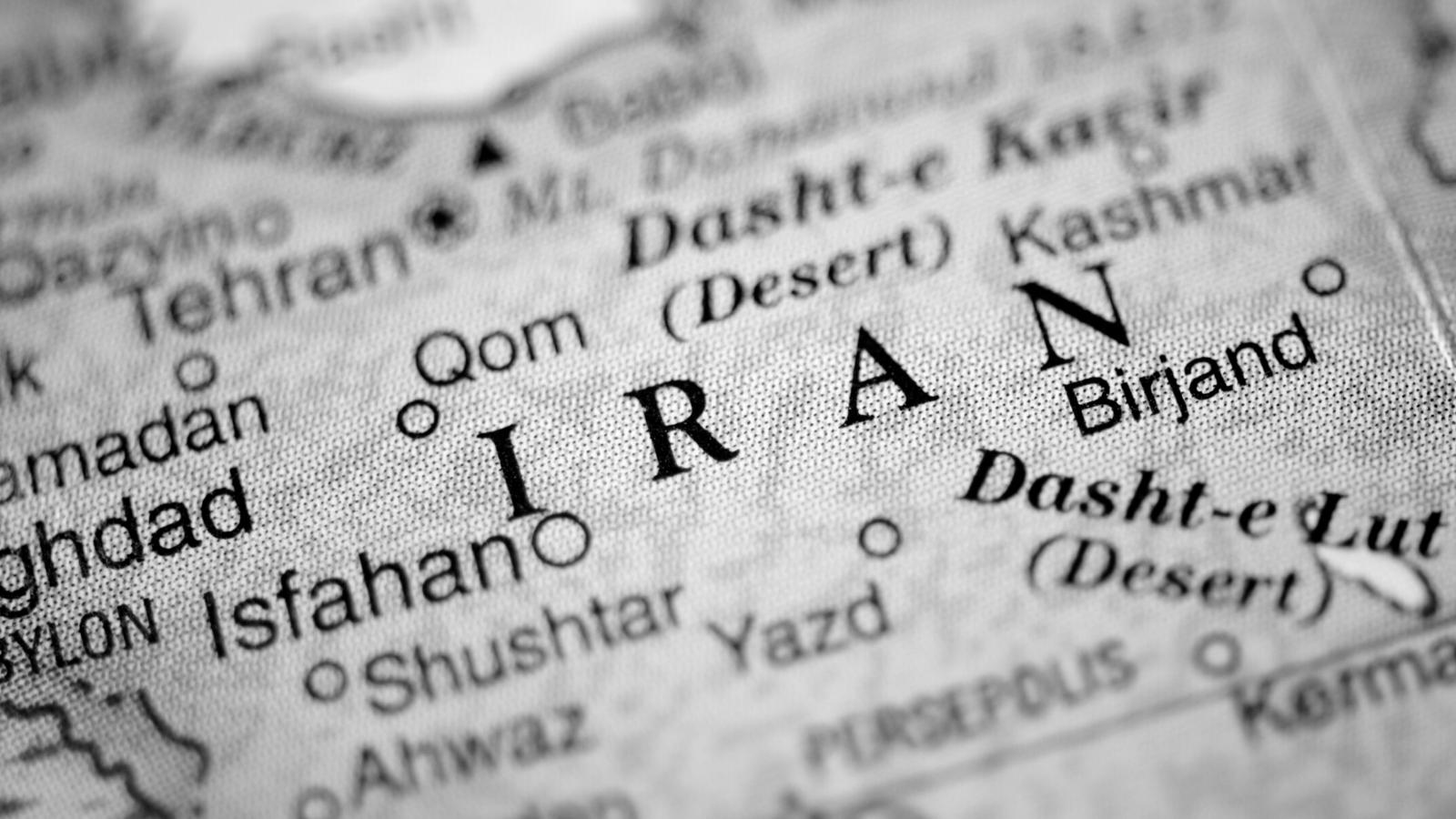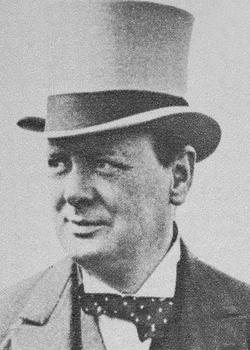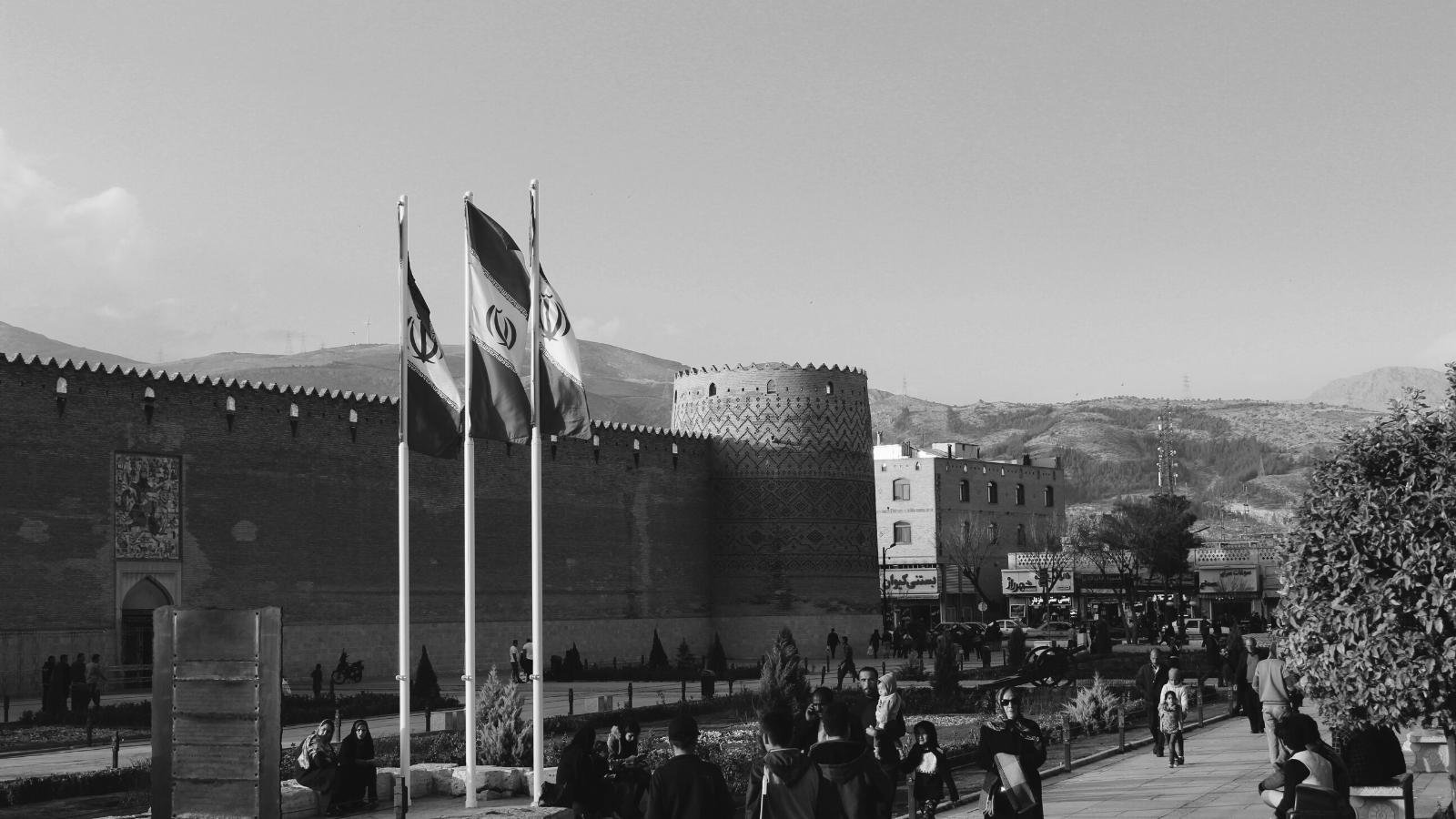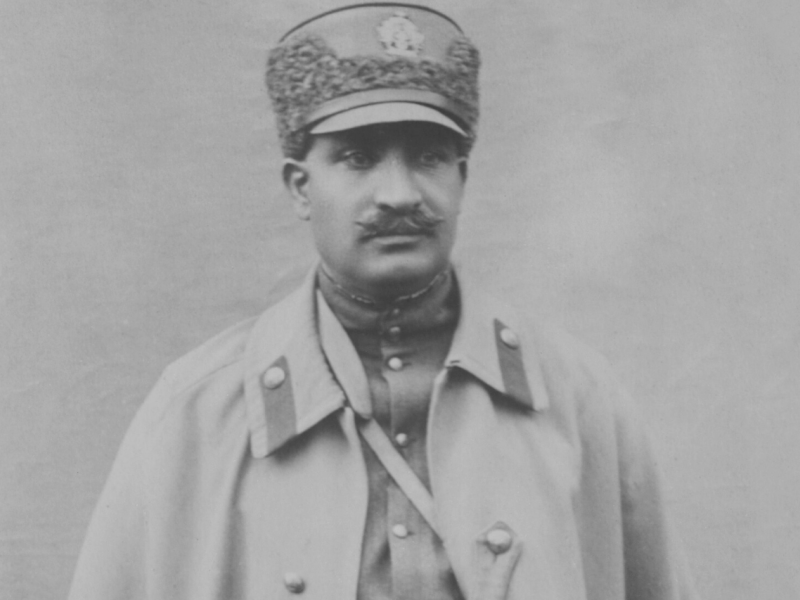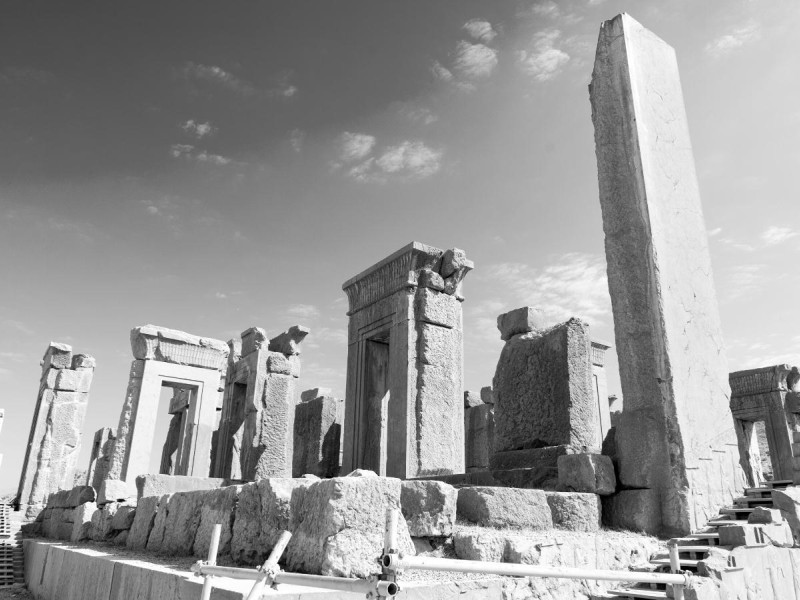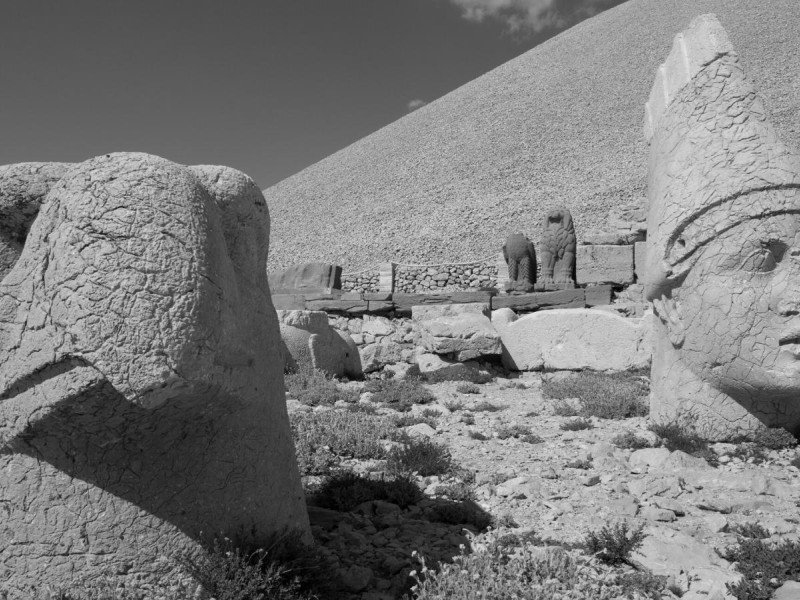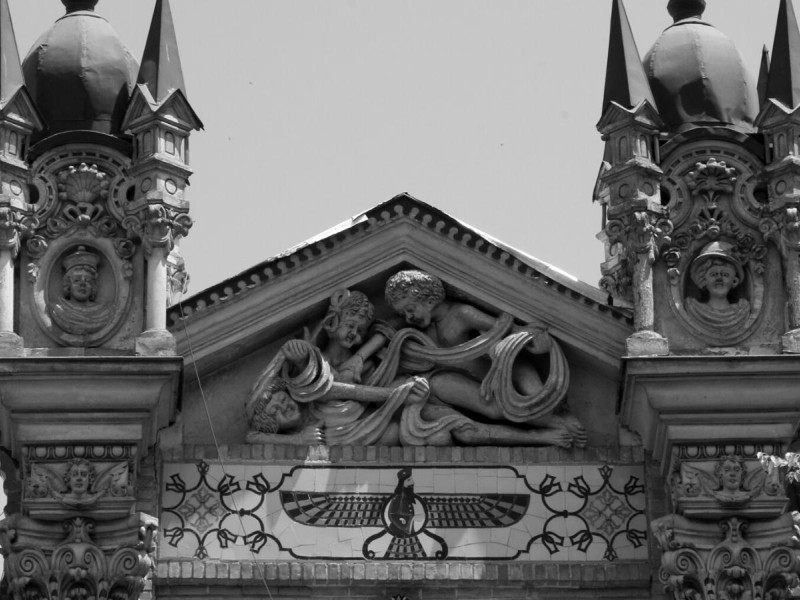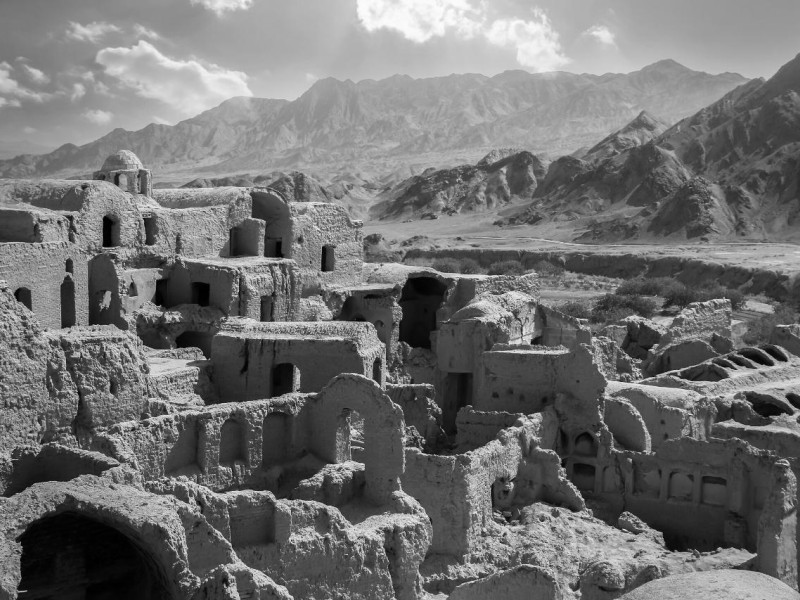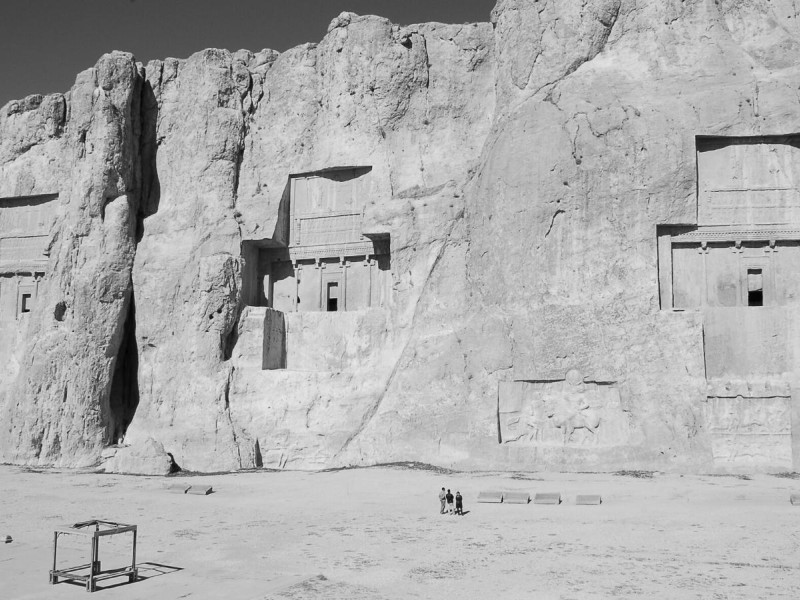Why Did Persia Become Iran and Why Did Its Name Change
How did Persia become Iran?
The country referred to itself as Iran from the onset. Other countries called it Persia until Reza Shah asked for a name change to Iran. Discover why Reza Shah made that request and how the Persians received the news.
How the Earliest Persians Called Their Country
The name Iran dates back to the beginning of the Kingdom of Persia. Documents from the Sasanian Empire (224 – 651 CE) referred to the country as Airyanam, which meant Iran in an old Persian language called Avestan. The same name resurfaced in documents dating to the Achaemenid period.
Those who spoke Pahlavi, an ancient Persian language, called it “Eran”. This name was also used during the Sassanian period. Documents detailing the crowning of King Ardashir I alluded to the country as Eran and scholars believe the name Iran evolved from Eran as the years went by.
The Parthians also referred to the country as Aryan. This was a reference to the ancient Indo-Iranians known as Aryans. Records from that period showed that the Parthians used Aryan instead of Eran. In the end, all these names explain how Persia called Iran evolved throughout history.
At first, the name Eran denoted the people, not the empire. The name distinguished the Iranian people from the nearby Roman territories since people living in the Roman territories like Armenia and Syria were known as Anerans. Thus, the name Eran denoted the Iranians while Aneran was for the people in the Roman territories.
How Other Civilizations Referred to the Iranian People
Other civilizations had their own names for the country. Some named the country after a region within the country’s territory. Others named it after a famous king.
This is how other civilizations called Iran.
The Greeks
The Greeks named the country Persis, Persike, or Perses after the people of Parsa. Parsa was part of the Achaemenid Empire founded by Cyrus the Great. Since Cyrus the Great was from Parsa, the Greeks decided to name the entire Empire after him. Note that, the people of Eran never called themselves Persians during this period.
The Jews
In the Bible, the Jewish writers called the people of Eran Paras. Paras was Hebrew for Parsa. On other occasions, the Jewish writers called the Iranians Parsa u Midia. These words meant Persia and Media referring to the Kingdom of Medo-Persia.
The Arabs
The Arabs referred to the people of Eran as Bilad Faris. This meant Land of the Persians. Thus, the Arab speakers took inspiration from the Greeks. All this time, the people still maintained their name Eran or Aryan.
The Turks
The Turks, who conquered Iran, named the people Ajam. Ajam was a word that meant mute or anyone whose original tongue wasn’t Arabic. So, Ajam became a pejorative term used to describe the Iranians. The full name was Bilad Ajam which, during the conquest of Iran, meant Land of the Iranians.
Why Did Persia Change Its Name to Iran?
The Persians changed the name to Iran to show a new beginning. Note that throughout history, the Iranians maintained their name Iran and its equivalents. The problem, though, was with its exonyms. In case you don’t know, exonyms are how the international community refers to a country.
For example, the exonym for America in Chinese is “meiguo”. So, the international community referred to the Iranians as Persians. This did not go down well with the Iranians, especially after foreign interventions. The British and Soviet activities in the country had crippled the country’s economy, as they were trying to take advantage of Iran’s recent oil discovery.
The crippled economy gave the Iranians a bad image in the eyes of other countries. So, when Reza Shah overthrew the Qajars in 1925, he decided to restore Iran’s glory. He embarked on several projects to boost the economy and image of the country. Part of his strategy was to change its exonym from Persia to Iran.
Reza Shah wrote a memorandum asking that all nations call the country Iran, and issued the edict for the name change in 1935, 10 years after he had come to power. Before that, Persia was a divided territory ruled by the Qajars for over 100 years. When Reza Shah assumed power he unified and modernized the country.
The Main Person Behind the Name Change
The idea for the name change did not originate from the Shah. According to sources the idea came from an Iranian ambassador to Germany. The notion was to indicate a new start for the nation after the British and Soviet occupation. That was how Persia became Iran.
How the World Received the Change of Name from Persia to Iran
At first, many nations did not recognize the name Iran. It sounded foreign to them and they thought it was a new country. Some even confused Iran with their neighbors Iraq. The change of name met with skepticism and the debate raged on for a while.
Winston Churchill’s Confusion And America’s Decision
During World War II, Winston Churchill noted that the name change would confuse his troops. This was because the allied troops were occupying both Iraq and Iran. At a conference, Churchill requested that the name Persia remain until the war was over, as this would distinguish Iran from Iraq.
The Iranians accepted his suggestion and allowed the exonym Persia to remain in use. The Americans, though, maintained the name Iran. This was because they had few troops in Iraq so the name change didn’t bother them.
Changing From Persia to Iran Caused Confusion Within the Country
Some Iranians found it difficult to accept the name change. They preferred the exonym Persia to Iran because Persia had positive connotations. The Persian Empire was a glorious one with a complex civilization. So, associating with the name Persia gave them some sense of pride in the eyes of the world.
The name Iran had a negative sentiment. This was because the name change coincided with Reza Shah’s coup. Thus, some Iranians felt that was not good for their international image.
Other Iranians also felt that the change of name to Iran was not necessary. Their concern was that the change made them lose their identity as Persians. This caused a widespread debate within the nation and divided it. In 1959, the nation established a commission to consider reverting to using Persia.
The commission reached a consensus to go back to using the exonym Persia instead of Iran.
They communicated the decision to the then ruler Mohammed Reza Pahlavi who approved it. Though the change of name to Persia was successful, the enforcement was weak. So, the reversion to Persia was ineffective.
The Difference Between Persia and Iran
The name Iran refers to all citizens of Iran, but Persia refers to descendants of the Persians. This is to say not all citizens of Iran trace their ancestry to the Persians. There are the Azeri, Kurdish, and Lur ethnic groups that resided in Persia as well. Though Persians account for the majority, these tribes also have significant numbers.
How Iran Became a Theocratic State and the Subsequent Name Change
In 1979, the Iranians grew dissatisfied with the government of Mohammed Reza Pahlavi. This set into motion a chain of events that resulted in an Islamic theocratic state. The people then made Ayatollah Ruhollah Khomeini the leader of the country.
Upon resumption of power, Khomeini changed the country’s name to the Islamic Republic of Iran. The former name was just Iran.
How People Refer to Iran in Modern Times
Most people refer to modern day Persia as Iran. Others prefer to use the ancient name of Iran. When people speak of the impressive past of the nation, its culture, and food they call it Persia. When people refer to its history, they call it Iran.
Summary
To recap, we’ve discovered why Persia’s changed its name to Iran and vice versa.
Here is a summary of what you’ve read so far:
The historical name of Persia is airyanam according to existing records
Other indigenes called the country various alternatives including Aryan, airyanam, and Iranshar
The Greeks and the Romans referred to the country as Persis after the people of Parsa
Soon the name caught on and people began calling the country Persia
Besides, the country continued to keep its historical name Iran
In 1935, Reza Shah came to power and initiated the change of exonym from Persia to Iran
The name change characterized the change in leadership of the nation
Today, people use Persia and Iran, referring to the same country
The debate on the name change is still ongoing as scholars and politicians wrestle over it but from the look of things, a solution may not come soon. For now, historians call the country Persia when referring to its rich history while journalists refer to the country as Iran when discussing international politics.
